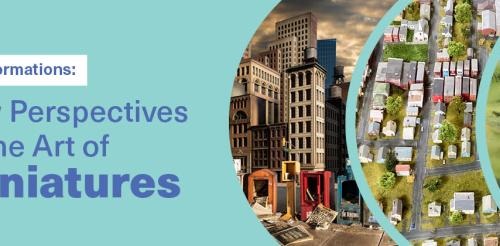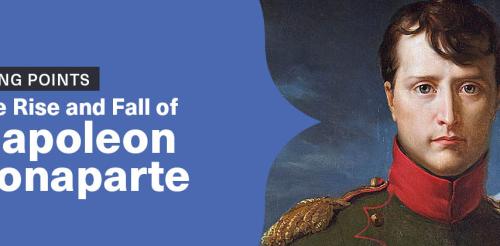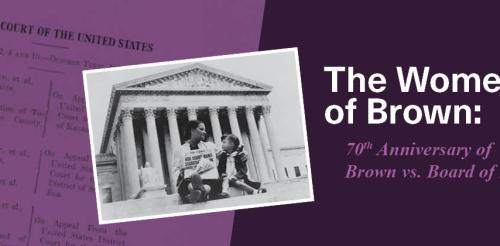Primary tabs
A year ago, when Vladimir Putin accompanied Russia’s assault on Ukraine with some nuclear saber-rattling, U.S. President Joe Biden noted that Americans “have not faced the prospect of Armageddon since Kennedy and the Cuban Missile Crisis.”
It was a reminder of the most dangerous confrontation of the Cold War: the U.S.-Soviet stare-down in October 1962 over the USSR’s installation of nuclear missiles in Cuba, just 93 miles off the coast of Florida. In the latest installment of the Library’s Turning Points series in partnership with the U.S. Army Command and General Staff College, military historian Gates Brown looks back at the crisis, its causes, and its lasting ramifications.
The brief but frightening episode brought home the nuclear reality of the Cold War to many in the U.S. for the first time. It also represented a dramatic escalation of competition between the Soviet Union and the People’s Republic of China over which of the countries was best advancing global communism.
Placing the Cuban Missile Crisis in that broader context, Brown says, helps to better explain the crisis and its long-term implications.
Brown is an associate professor at the Command and General Staff College who was named its civilian educator of the year in 2021. A former Army captain who served (and was injured in combat) during Operation Iraqi Freedom, he holds a master’s degree and doctorate in military history from the University of Kansas.





